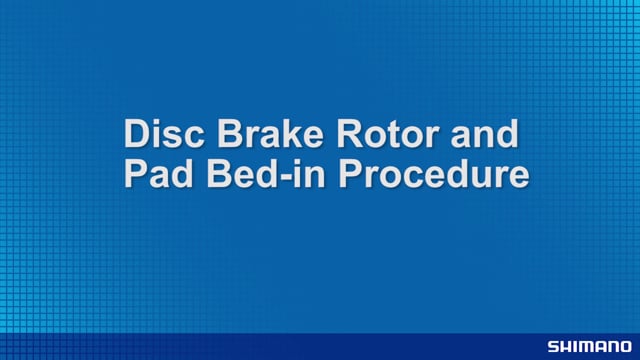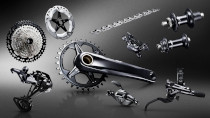Gram for gram, few parts compare with the massive difference brake pads can make on a drop bar bike. The pads slip easily into brake calipers, and the kind of compound you choose – metal or resin – can completely transform the riding experience.
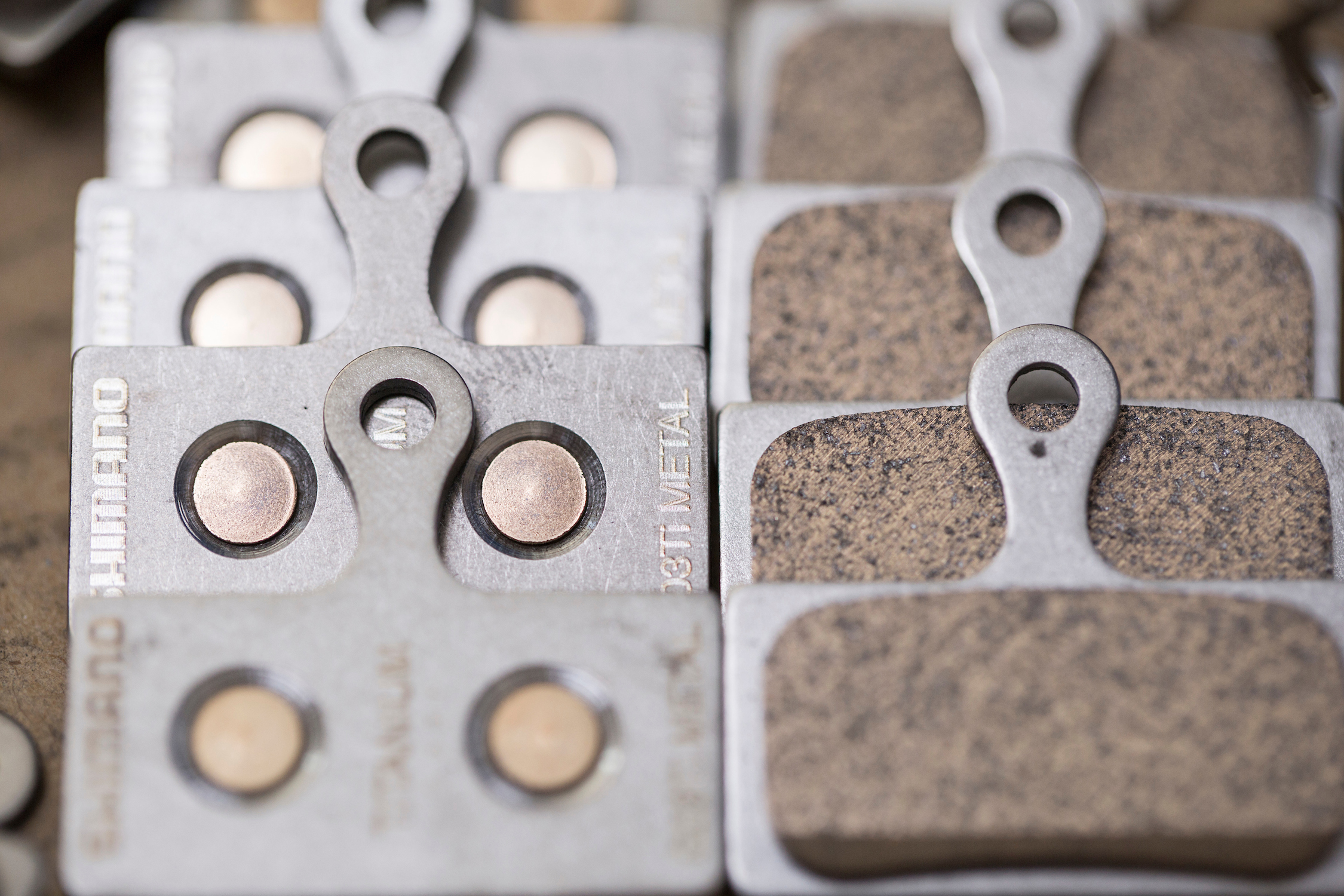
Choosing the best pad – whether it's for precision control in a packed peloton, week-long stage races, sloppy cyclocross circuits, 100-mile gravel races, or bikepacking journeys with friends – is not about what you ride, but how you want to ride. There's no right or wrong pad – it's more about understanding how each compound can fine-tune a bike to feel just right.

Metal or Resin: The Basics
Resin brake pads, also referred to as organic or semi-metallic pads, are made from a mix of fibers bonded together by a strong adhesive. Typically, the fibers are softer than metal, which generally leads to quieter brakes.
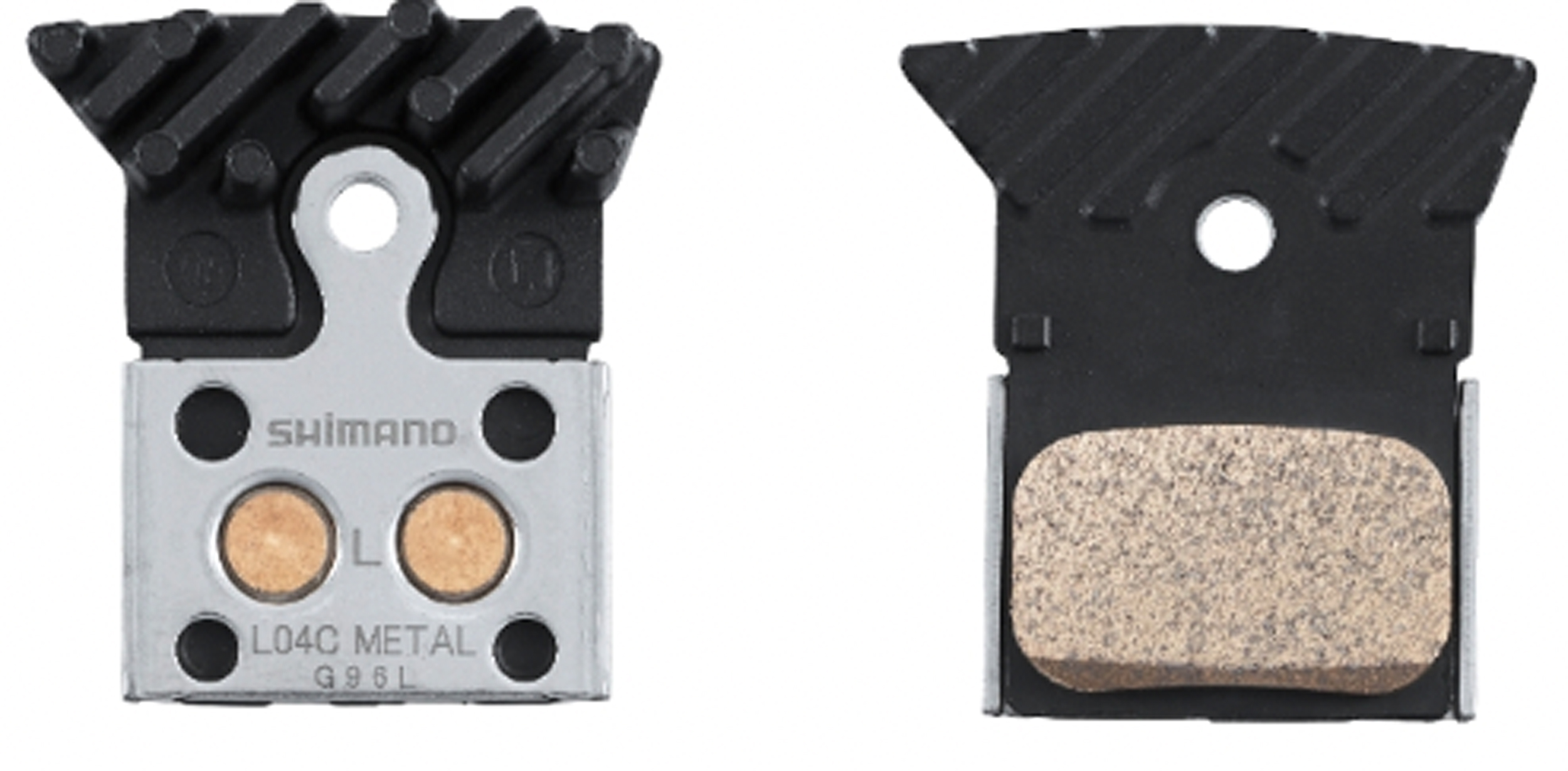
Metal brake pads, sometimes called sintered, are made from metallic particles fused together. These pads are more versatile and durable in a wide variety of conditions, and for these same reasons, many cars and motorcycles also use metallic pads.

Metal or Resin: Weather Considerations
The primary reason to go with metal brake pads comes down to weather conditions. Think sloppy cyclocross courses, stormy training rides, or Spring Classics-inspired riding. In rainy climates, like the Pacific Northwest, New England springs, or Belgium just about any time of year, metal pads get the nod thanks to their longer lifespan in wet, grimy conditions compared to resin. Metal pads will last longer under these circumstances, saving money and extending service intervals. Anytime there’s a ton of hard braking in adverse conditions, consider metal pads for extra durability to get you from start to finish.

Metal or Resin: Noise Reduction
Brake squeal will drive riders nuts, and few components can generate more racket than a contaminated set of disc brake pads. Heat, moisture, dust, oil, and other road grime can cause brake pads to scream. Resin pads are generally quieter, and they will operate with less noise in dry and dusty conditions. Besides sparing your fellow riders in the bunch from brake squeal, quieter brakes also offer the competitive advantage of being sneakier in a race situation. A brake system's ability to manage heat can also impact the decibel level, and pad design can help alleviate the racket as well - more on that shortly.

Metal or Resin: Bite and Modulation
Metal and resin brake pads slightly differ in power delivery and modulation, producing nuanced feel and control characteristics. In this regard, choosing metal or resin pads comes down to personal preference.
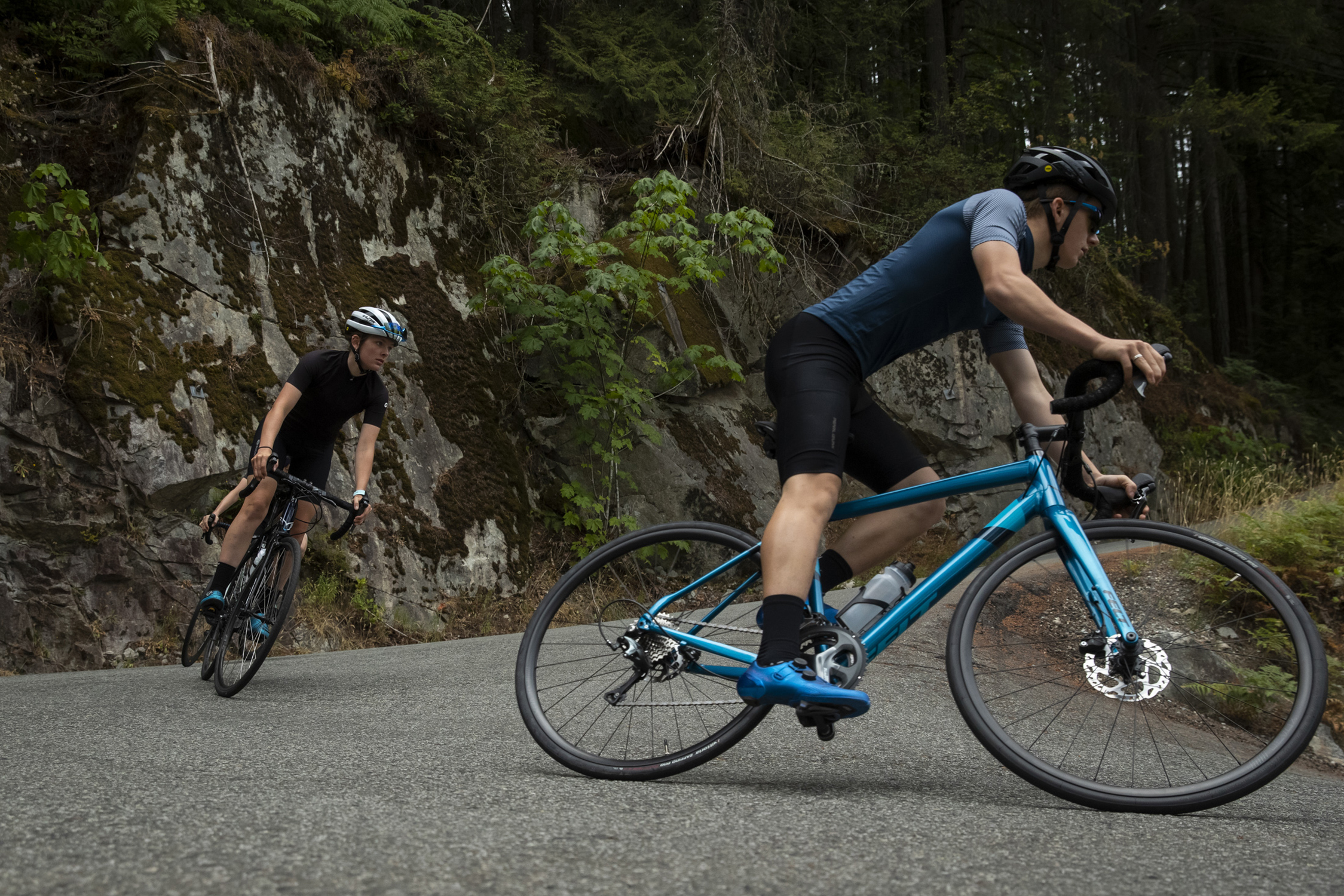
Metal brake pads have a more aggressive bite, with a definitive on-off brake feel. Resin pads have a more modulated, ramped feel, which is good for riders who want maximum control over the amount of braking power.
Terrain and riding style can also play a part in selecting the best pad compound for you. On loose gravel roads with sketchy traction, a resin pad may provide more measured power delivery to maintain grip. Circuits that have precise braking points with predictable traction, like a dry crit, can be better suited for the on-off power of metal pads. Just remember, weather conditions still play an imperative role in your brake pad choice, so consider that along with your modulation preference.

Metal or Resin: Power, Heat Management, and Fade Resistance
When it comes to raw stopping power and heat management, which helps reduce brake fade, metal brake pads are the go-to. For riders who spend most of their time riding or racing in the mountains, with long descents and lots of braking, metal pads are less likely to fade or lose power due to heat buildup.
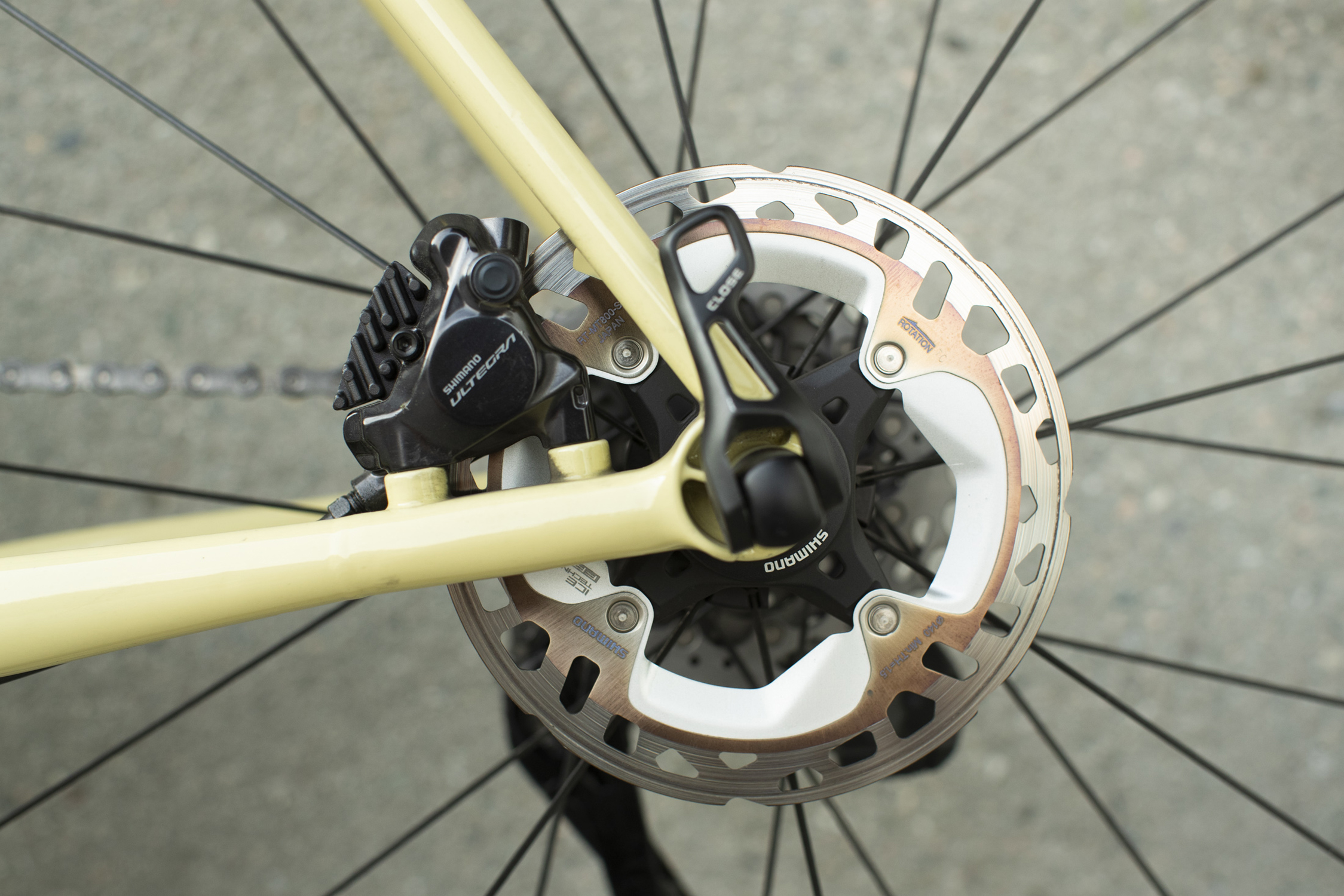
In addition to compound, SHIMANO ICE-TECHNOLOGIES brake pads feature a proprietary finned design that reduces heat buildup. Available with both metal and resin brake compounds, these brake fins have a two-layer aluminum and stainless steel construction. The combination rapidly diffuses heat, which extends maintenance intervals and pad life while reducing brake fade and noise on the road.
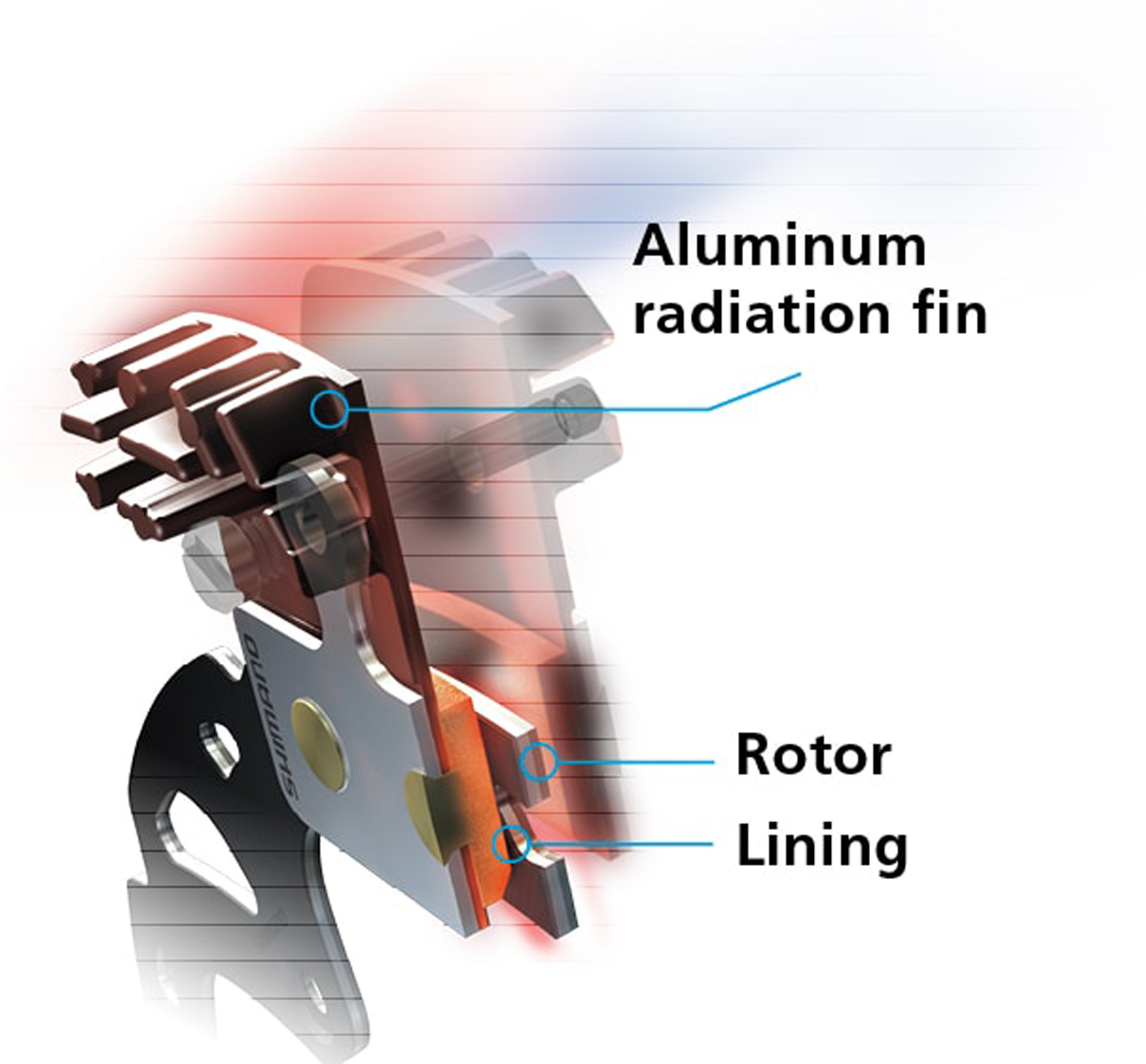
So, to really break it down: brake pads can make a big difference in how a drop bar bike rides. Choosing between metal or resin compounds is a great way to fine-tune brakes for real-time conditions. Different brake pads can help open up the possibilities for new race lines, better speed control, and overall enjoyment in the peloton, on a cyclocross track, or just out enjoying endless miles of crunch gravel goodness. Do remember that new pads require a break-in period to ensure safe, optimal performance, so be sure to bed in those fresh pads using the protocol in the video below.
